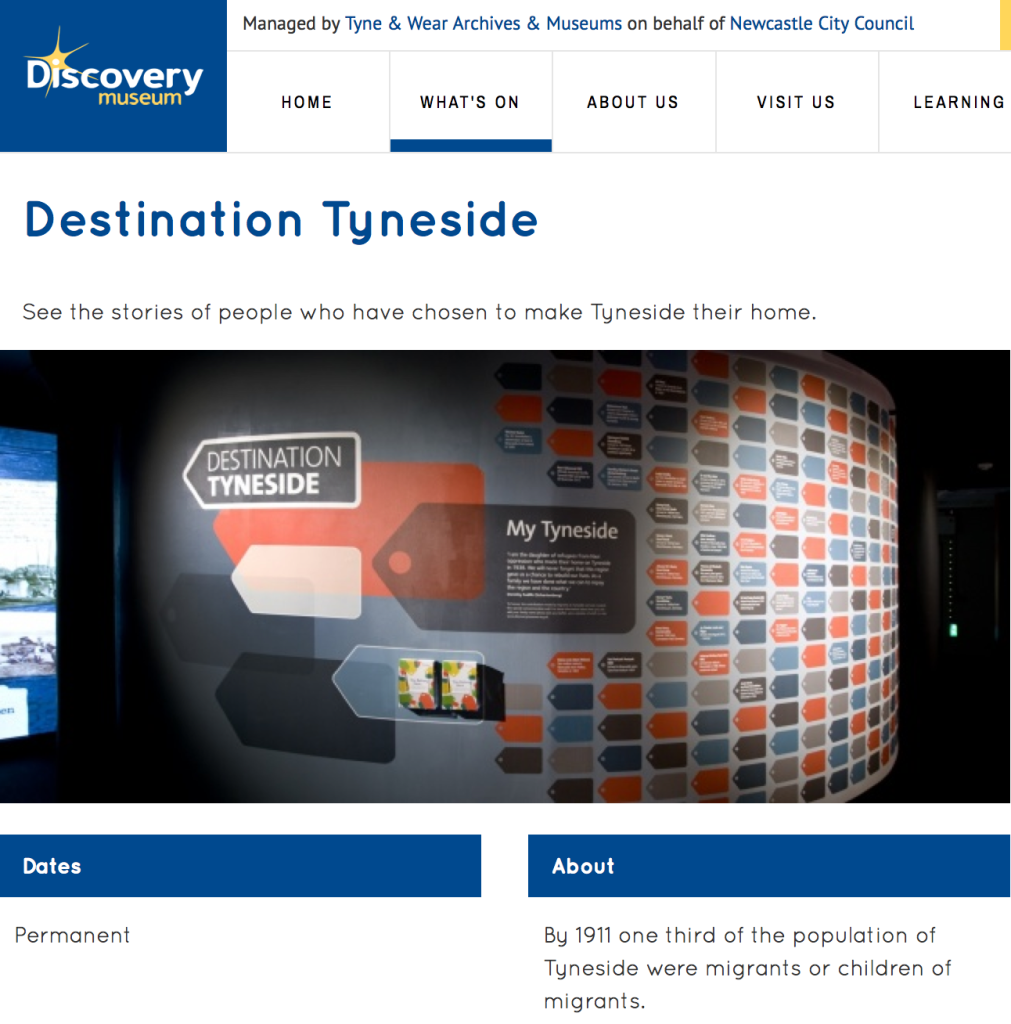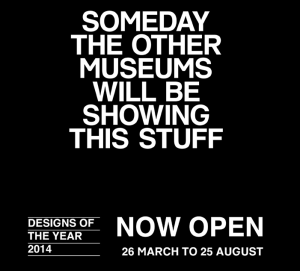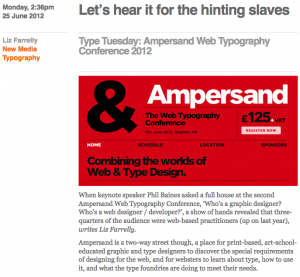
Screen Shot from The Discovery Museum website showing a permanent gallery where workshop delegates played on interactive exhibits.
Digital Histories: Advanced Skills for Historians
Northumbria University Newcastle and Tyne and Wear Archives and Museums
24-25 April 2014
Flying to Newcastle for a two-day workshop may seem an extravagant use of research time but this AHRC-funded workshop (organised by Laura Hutchinson and André Keil of University of Northumbria) promised to investigate issues around the digital humanities, to do with archives, text, image, data and metadata, and examine a number of innovative projects into the bargain. Speakers, including a Medieval scholar, a social media maven, community organisers and university- and museum-based IT consultants, were to discuss the implications of: putting archives online; striving for web- and museum-based interactivity; and crowd-sourcing projects that link institutions with volunteers.
The event spotlit concerns around digital and online cultural activity that will now inform my museum-based research. Delegates voiced concerns about unfamiliar material. Text-based historians, comfortable working with online resources be they newspaper archives or scanned records, admitted to lacking confidence when it came to image-based documentation. But there also seems to be a (conspicuous) lack of art- and design-led projects within this digital arena, perhaps because historians with those prefixes prefer to interact with objects and images, offline.
Continue reading


